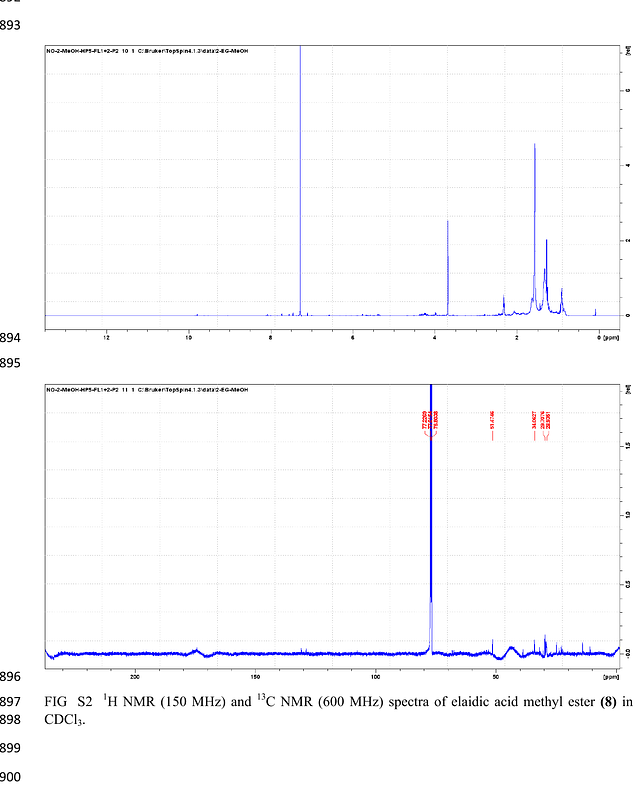Anti-Toxoplasma gondii screening of eight species and bio-guided identification of metabolites of Elaeis guineensis leaves, a preliminary study

Anti-Toxoplasma gondii screening of eight species and bio-guided identification of metabolites of Elaeis guineensis leaves, a preliminary study
Ouattara, N.; Magid, A. A.; Escotte-Binet, S.; Yao-Kouassi, P. A.; Villena, I.; Voutquenne-Nazabadioko, L.
AbstractThe apicomplexan parasite Toxoplasma gondii causes toxoplasmosis, a ubiquitous and cosmopolitan parasitosis, generally asymptomatic and potentially dangerous for the fetus and highly immunocompromised patients. Pyrimethamine and sulfadiazine, supplemented with folic acid, are the drugs of choice to treating the disease, but they produce severe side effects and treatments fail due to drug resistance. New anti-Toxoplasma compounds are needed, and natural compounds can be a good source for obtaining them. The antiparasitic activity of 40 polar and non-polar extracts of eight antiparasitic medicinal plants used in Cote d\'Ivoire, and selected based on ethnopharmacological survey, were evaluated in vitro against T. gondii. Among them, the hydromethanolic extract of the Elaeis guineensis leaves exhibited the best parasite growth inhibition (94% {+/-} 0.07) at 25 g/mL without being cytotoxic at the same dose. The fractionation of this extract did not allow the recovery of antitoxoplasmic activity in its individualized fractions. The 13C-NMR based dereplication of the produced fractions and the purification of one of them highlighted the presence of saccharides, terpenes, flavonoids, cardanols and aliphatic acids. The obtained clusters of 13C chemical shifts were assigned to their corresponding molecular structures with the help of open online databases, resulting in nine unambiguously identified compounds, whereas the purification of one of these fractions led to the identification of palmitic acid (10), palmitic acid methyl ester (11), 3-[12(E)-pentadecenyl]phenol (12), 3-[14(E)-heptadecenyl]phenol (13), ursolic acid (14) and stigmasta-4,24(28)-dien-3-one (15). A synergistic effect between these metabolites is thought to be responsible for the anti-Toxoplasma activity.


